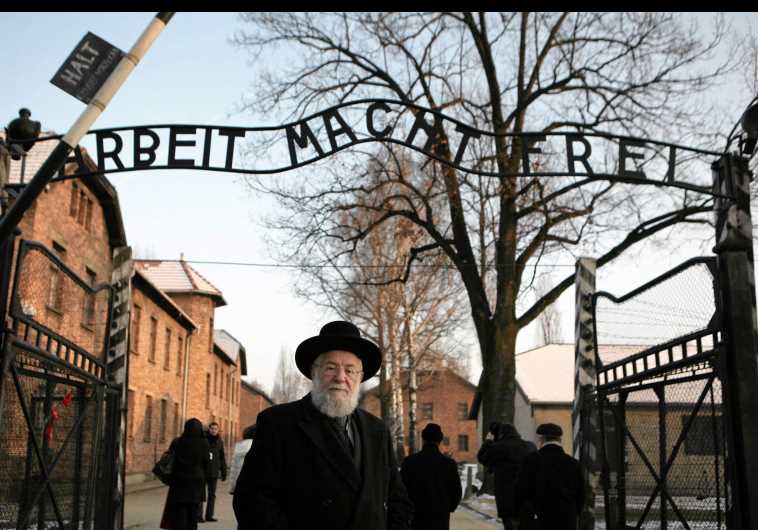Chief Rabbi Lau: ‘Even if you want, you won’t forget’ the Holocaust
Rabbi Yisrael Meir Lau explains why he participates every year in the March of the Living and what it means to remember and not forget.
 Rabbi Yisrael Meir Lau stands at the gates of Auschwitz.(photo credit: REUTERS/MICHAL LEPECKI)
Rabbi Yisrael Meir Lau stands at the gates of Auschwitz.(photo credit: REUTERS/MICHAL LEPECKI)